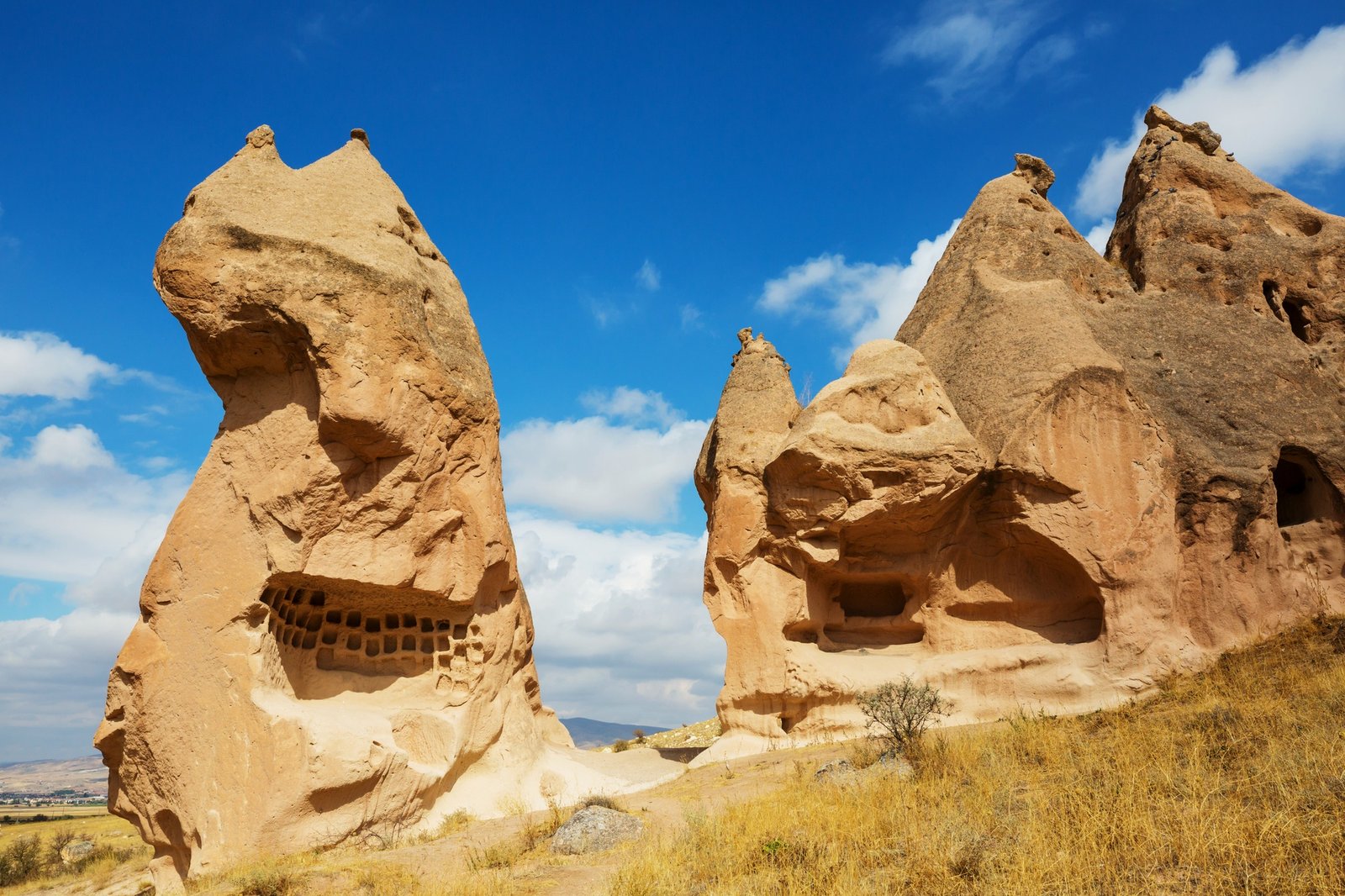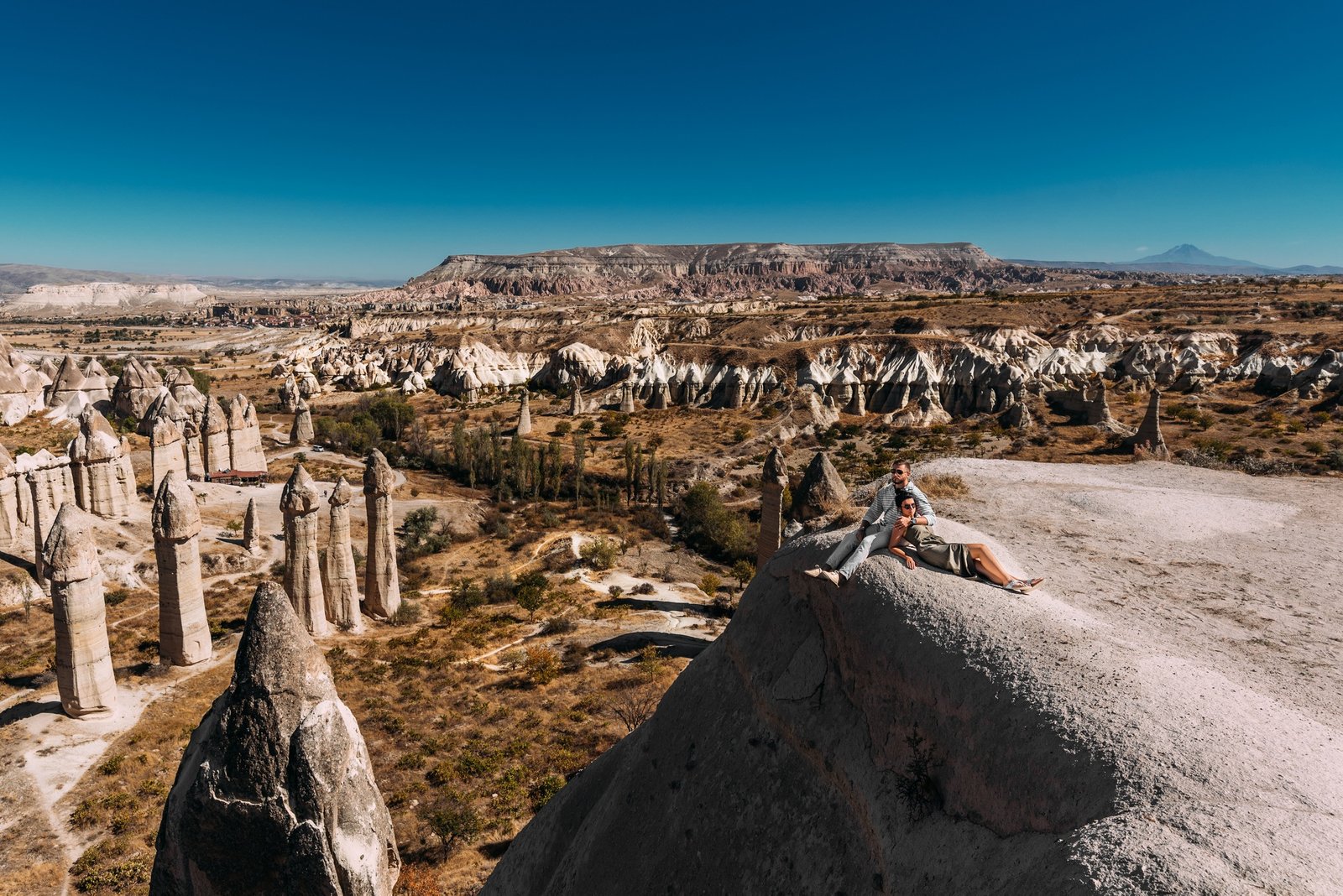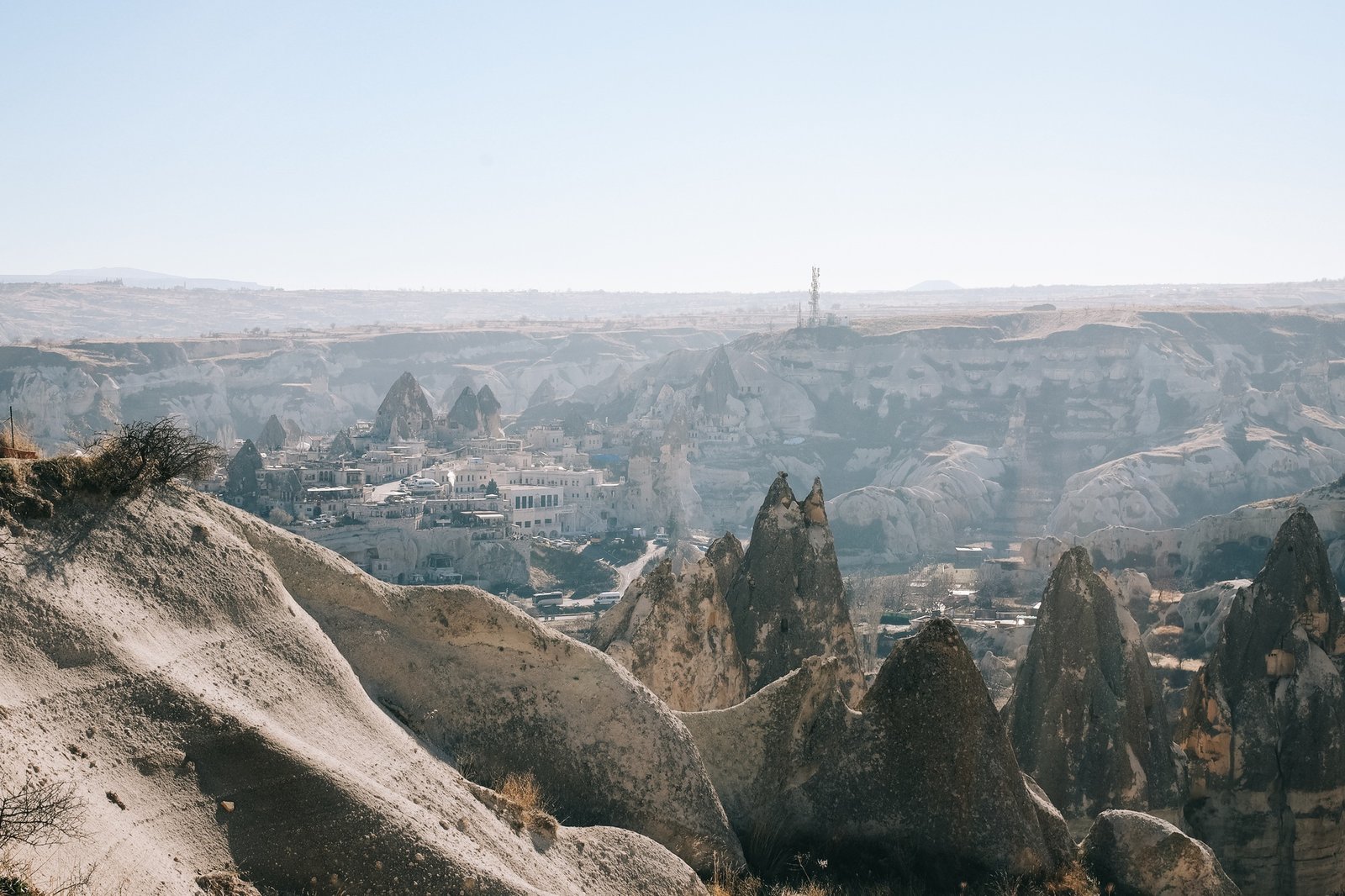Strokes of pink, orange, and gold sweep across the skies as the sun begins to rise or set in Cappadocia, creating an otherworldly backdrop like no other. Golden hour photography in Cappadocia is a dream come true for photographers and adventurers alike. Between the mystical rock formations and colorful hot air balloons dotting the skies, this region offers unmatched opportunities to capture breathtaking photos.
Whether you’re new to photography or a seasoned professional, this blog will guide you through the best spots for golden hour photography in Cappadocia, complete with practical tips to make your images stand out.
What is Golden Hour Photography and Why is it Magical?
Golden hour refers to the brief period after sunrise and before sunset when the sun is low in the sky, casting a soft and warm light that’s perfect for photography. It adds depth, texture, and a golden glow to your pictures, making it one of the most magical times to shoot.
When paired with Cappadocia’s landscape—think fairy chimneys, vast valleys, and awe-inspiring hot air balloons—the golden hour transforms the scene into a photographer’s paradise. The soft light can make even an amateur snapshot look like a masterpiece.
Best Spots for Golden Hour Photography in Cappadocia
Cappadocia is home to countless scenic locations, but some spots shine exceptionally bright during golden hour. Whether you’re chasing sunrise or sunset, make sure these locations are on your radar.
1. Goreme Open-Air Museum
A UNESCO World Heritage site, Goreme Open-Air Museum is one of the most iconic locations in Cappadocia. Historical rock churches, ancient frescoes, and the surrounding rugged cliffs create a unique scene.
Golden Hour Tip: Sunset is especially magical here. The golden light enhances the textures of the stone formations and the earthy tones of the landscape, making every shot sparkle with life.
2. Love Valley
Named for its towering, phallic-shaped rock formations, Love Valley is a favorite among photographers for its quirky yet stunning backdrop.
Golden Hour Tip: Capture the valley at sunrise for a perfect blend of warm light and floating hot air balloons. The glow of the sunlight highlights the surreal shapes and creates a dreamy atmosphere.
3. Hot Air Balloon Viewpoints
If you’re visiting Cappadocia, catching the hot air balloons rising during sunrise is non-negotiable. Viewing spots like Uchisar Castle or any of the Goreme panorama points are ideal to capture this vibrant spectacle.
Golden Hour Tip: Arrive early to claim a good spot. The combination of the balloons, soft light, and dramatic rock formations is nothing short of magical.
4. Rose Valley
Named after the pinkish hues of its rock formations, Rose Valley is an excellent option for sunset photography.
Golden Hour Tip: The valley’s colors truly come alive as the sun goes down, casting rich tones of gold, peach, and lavender across the landscape. Don’t forget to turn your lens toward the sky for unforgettable cloud compositions.
5. Pigeon Valley
Pigeon Valley gets its name from the countless pigeon houses carved into its soft volcanic rock. It’s an ideal spot for both wildlife lovers and photographers.
Golden Hour Tip: Morning light beautifully illuminates the valley, while the evening golden hour creates silhouetted shapes of pigeons against the glowing sunset.
6. Ortahisar Castle
This lesser-visited gem offers epic panoramic views of Cappadocia’s landscape. It’s a giant rock castle you can climb for one-of-a-kind shots.
Golden Hour Tip: Sunset gives you a chance to capture long shadows and contrasting tones that beautifully highlight the castle’s rugged outline.
Tips for Mastering Golden Hour Photography in Cappadocia
Now that you know the best spots, here are some practical tips to make your golden hour photography in Cappadocia truly shine.
1. Plan Ahead
Golden hour is fleeting; you’ll only have about 30–60 minutes to get your perfect shot. Research your chosen location beforehand and arrive early to scout angles and setups.
2. Use the Right Gear
- Wide-angle lens: Perfect for capturing the grandeur of Cappadocia’s landscapes.
- Tripod: Essential for stability, especially for low-light sunrise or sunset shots.
- ND filters: These help in balancing light exposure when shooting directly toward the sun.
3. Play with Composition
Experiment with the rule of thirds, leading lines, and framing to add depth to your photos. Use hot air balloons, natural formations, or silhouettes to tell a visual story.
4. Capture Movement
Hot air balloons are a dynamic element in Cappadocia’s golden hour photography. Use a slower shutter speed to blur their motion artistically or freeze them mid-air for crisp, clean lines.
5. Golden Colors
The warm intensity of golden hour can shift quickly. Keep an eye on changes in light and shoot continuously to fully capture these radiant tones.
6. Edit with Care
Use editing software to enhance your shots further. Slight adjustments to brightness, contrast, and warmth can help your images reflect the magical glow you experienced in real life.
Why Cappadocia is a Must-Visit for Photographers
Golden hour photography in Cappadocia is an experience like no other. From the thrill of witnessing hundreds of colorful hot air balloons floating gently across the sky to capturing the surreal rock formations bathed in warm sunlight, every frame tells a story.
But Cappadocia isn’t just about the visuals—it’s about immersing yourself in a destination that feels otherworldly. The quiet moments, the fresh morning air, and the breathtaking sunsets all come together to create an unforgettable adventure for any photography enthusiast.
Capture the Magic
If you’re a photographer looking for a destination brimming with natural beauty and unparalleled golden hour opportunities, Cappadocia should be at the top of your list. Pack your gear, plan your shots, and prepare to create images that will leave everyone in awe.
Happy shooting!









